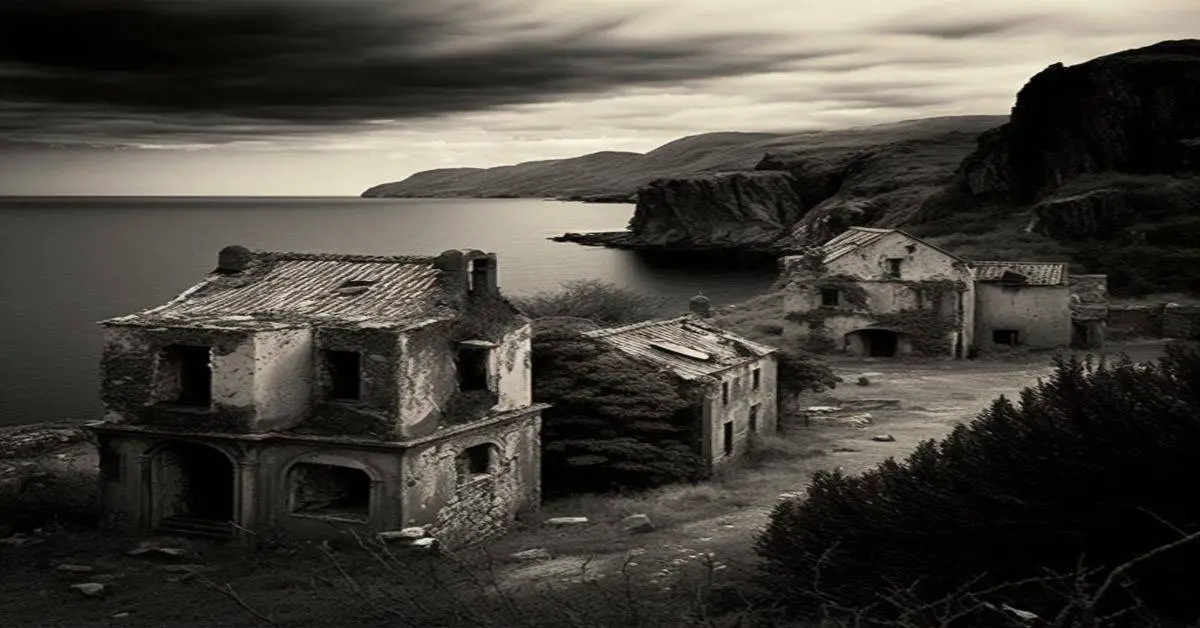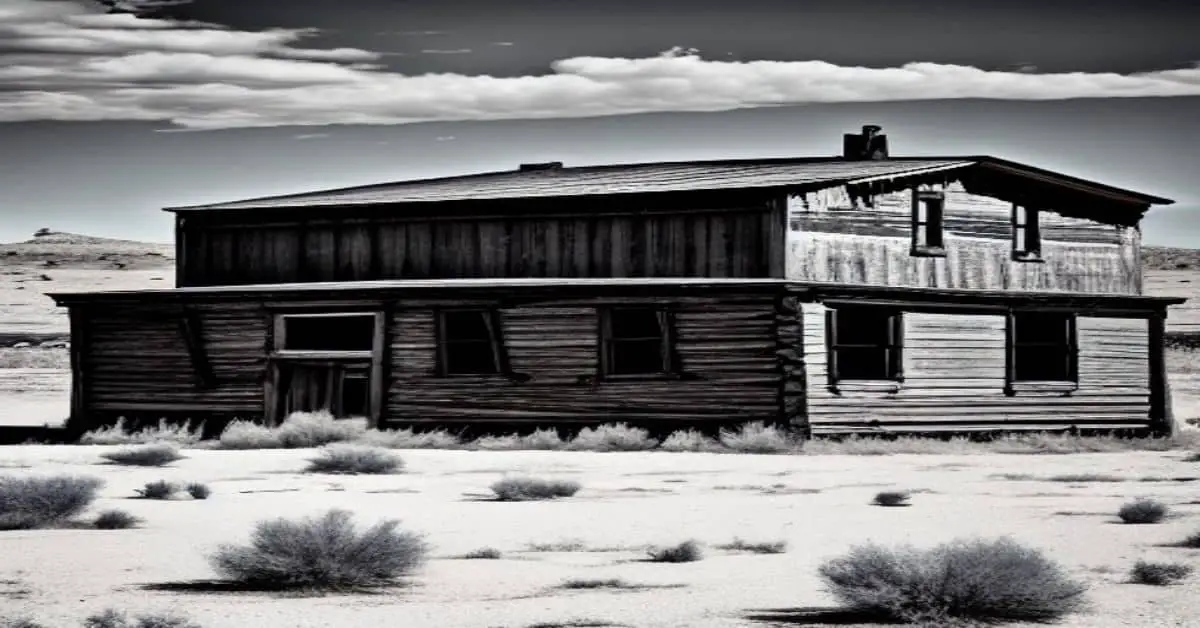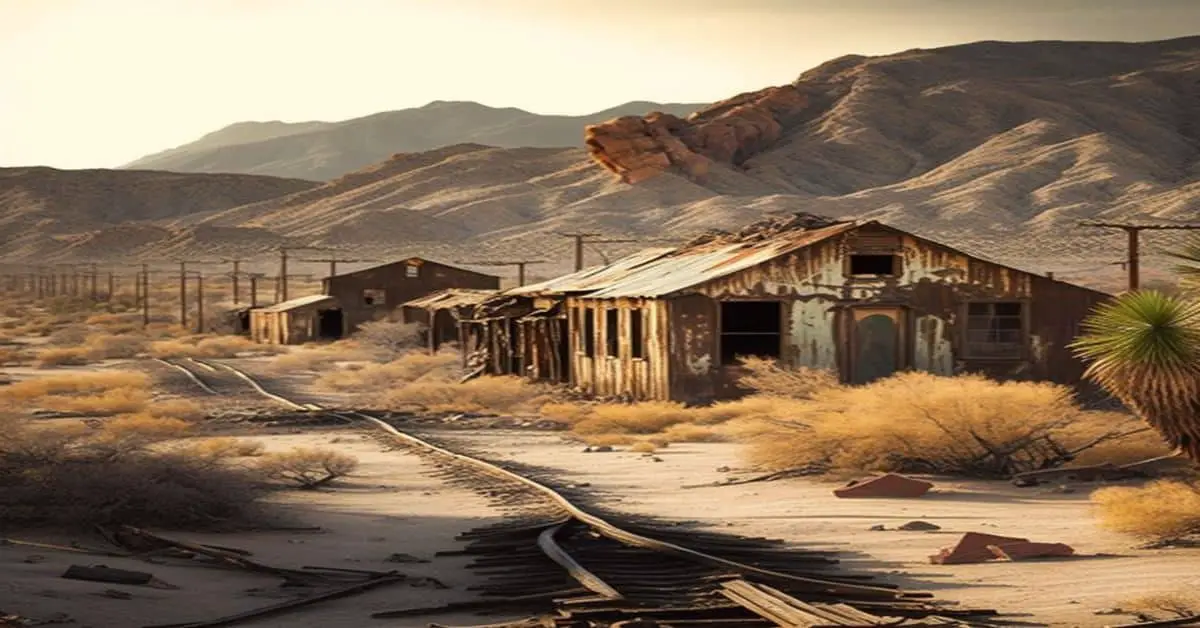Lees Ferry is a historic ghost town located in a remote area of Arizona with significant cultural and historical value. It was once the only place to cross the Colorado River after Marble Canyon in the 1900s, and it played an essential role in transportation, trade, and connecting Utah and Arizona.
Today, the peaceful Colorado River remains, and the town’s ruins serve as a reminder of its historical significance and cultural heritage. The history of Lees Ferry is closely tied to the Mormon pioneers who used the area as part of the Honeymoon Trail, a wagon road that served as a route for marriage blessings.
The area’s name was derived from John D. Lee, a Mormon pioneer who established a ferry service at the Colorado River crossing. While the town’s population dwindled over the years, its historical significance remains, and it is now a popular tourist attraction for those interested in Arizona’s past.
In this article, we will explore the history and cultural significance of Lees Ferry, examining its origins, remains, and pictures to gain a deeper understanding of the town’s place in Arizona’s history.
Key Takeaways
- Lees Ferry played a significant role in transportation, trade, and connecting Utah and Arizona.
- The town’s ruins serve as a reminder of its historical significance and cultural heritage, with ties to the Mormon pioneers who used the area as part of the Honeymoon Trail.
- Exploring artifacts from Lees Ferry provides insight into the past and the development of this remote area, while pictures give a sense of the remoteness of the location and the natural beauty that was an integral part of daily life.
- Lees Ferry is now a popular tourist attraction for those interested in Arizona’s past, offering an opportunity to explore nature and nearby attractions such as the Vermillion Cliffs and Echo Cliffs.
Location and Significance
Lees Ferry, located in a remote area of Arizona, was historically significant as the only place to cross the Colorado River after Marble Canyon in the 1900s, connecting Utah and Arizona, and was accessed via the Honeymoon Trail, a wagon road used by Mormons for marriage blessings.
The area offers an opportunity to explore nature and nearby attractions such as the Vermillion Cliffs and Echo Cliffs.
The peaceful Colorado River is the only remains of the once-thriving Lees Ferry, now a ghost town with no current inhabitants.
The Honeymoon Trail, named after just-married Mormons who traveled this way in closed prairie wagons from central and east Arizona to bless their marriage in the temple at St. George, Utah, and then back to Arizona, offers a glimpse into the history of the area.
Visitors can follow the trail and imagine the journey taken by those who used it for transportation.
Lees Ferry and the Honeymoon Trail are a unique piece of Arizona’s history and offer a chance to explore the natural beauty and historical significance of the area.
History and Name Origin
The origin of the name Honeymoon Trail can be traced back to the practice of newlywed Mormons traveling by prairie wagon from central and east Arizona to St. George, Utah to bless their marriage in the temple, crossing the Colorado River at a remote location known as the only crossing after Marble Canyon in the 1900s.
This wagon road, also known as the Mormon Pioneer National Historic Trail, was used by Mormons for marriage blessings and had a significant cultural impact on the region.
The Honeymoon Trail provided a convenient route for Mormon migration and played a vital role in the development of Arizona and Utah.
The trail helped connect these two states and allowed for exchanging goods, ideas, and culture.
The trail’s significance can still be felt today, and its legacy continues to be celebrated by both Mormons and non-Mormons alike.
Remains and Pictures
Located in a remote area, the pictures of machinery at the site of Honeymoon Trail provide a glimpse into the transportation history of Arizona and Utah. The remains of Lees Ferry stand as a testament to the importance of the only place to cross the Colorado River after Marble Canyon in the 1900s.
The machinery that can be seen in the pictures would have been used for the loading and unloading of goods and people who were crossing the river. The area’s natural surroundings add to the historical significance of the site, with the peaceful Colorado River flowing nearby and the Vermillion Cliffs and Echo Cliffs in the distance.
Exploring artifacts from Lees Ferry gives an insight into the past and the development of this remote area. The machinery speaks to the ingenuity of the people who relied on this crossing to transport goods and materials across the river.
The pictures of Lees Ferry and the surrounding area give a sense of the remoteness of the location and the natural beauty that was an integral part of the daily life of those who lived and worked there. Overall, the remains and pictures of Lees Ferry serve as a reminder of the area’s importance in the past and the significance of transportation in the development of Arizona and Utah.
Frequently Asked Questions
Are there any tours or guided visits available to explore Lees Ferry?
Guided tours of Lees Ferry are available through the visitor center. The tours provide historical and cultural information about the site’s significance, including the Honeymoon Trail and its role in connecting Utah and Arizona.
What was the impact of the construction of Glen Canyon Dam on Lees Ferry?
The construction of Glen Canyon Dam significantly impacted Lees Ferry, a historically significant site used for transportation and the Honeymoon Trail. The peaceful Colorado River remains, but the town is now a ghost town due to the dam’s flooding.
Has Lees Ferry been featured in any movies or TV shows?
Lees Ferry, a historical site in Arizona, has been featured in movies and TV shows. Its significance lies in being the only place to cross the Colorado River after Marble Canyon, connecting Utah and Arizona, and being a part of the Honeymoon Trail used by Mormons for marriage blessings.
Are there any legends or ghost stories associated with the ghost town of Lees Ferry?
Lees Ferry has no notable supernatural folklore or ghost stories associated with it. The town’s historical significance lies in its role as the only crossing point of the Colorado River and its use as a transportation hub.
What other historical sites or attractions are located in the surrounding area of Lees Ferry?
The surrounding area of Lees Ferry boasts a variety of historical landmarks and natural wonders, including the Navajo Bridge, Glen Canyon Dam, and the stunning Vermilion Cliffs. These attractions offer visitors a glimpse into Arizona’s rich history and geological beauty.


